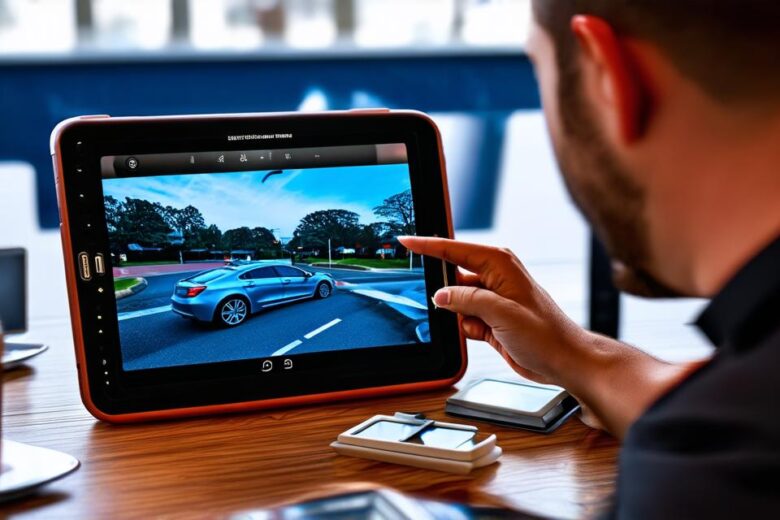Augmented reality (AR) is revolutionizing the way we interact with the world around us. It’s a technology that enables virtual objects to be overlaid onto real-world environments, creating an immersive and interactive experience for users.
What is Augmented Reality?
AR is a technology that overlays digital information onto the real world. It uses cameras, sensors, and algorithms to create an interactive environment that combines the physical and virtual worlds. AR can be used for a variety of purposes, including entertainment, education, and commerce.
Benefits of Augmented Reality in Hospitality
AR has several benefits when it comes to the hospitality industry. For one, it can enhance the guest experience by providing a more personalized and interactive experience. AR can also increase engagement by allowing guests to explore and interact with virtual objects in real-time. Additionally, AR can help hoteliers and restaurateurs save time and money by automating certain tasks, such as check-in and ordering.
Case Studies of Augmented Reality in Hospitality
There are several case studies that demonstrate the effectiveness of AR in the hospitality industry. One example is the Marriott’s “Future of Travel” campaign, which used AR to create an immersive experience for guests at the Marriott Marquis New York hotel. Guests could use their smartphones to access an AR app that provided a virtual tour of the hotel and its amenities, as well as information about local attractions.
Another example is the Hilton hotel chain’s “Hilton Moments” program, which uses AR to create personalized experiences for guests. Guests can use their smartphones to access an AR app that provides recommendations based on their interests and preferences, such as nearby restaurants and activities.
How to Implement Augmented Reality in Hospitality
Implementing AR in the hospitality industry requires careful planning and execution. Here are some steps to get started:
- Define your goals and objectives: Before implementing AR, it’s important to define what you want to achieve. Do you want to enhance the guest experience or increase engagement? What specific tasks do you want to automate? Having clear goals and objectives will help guide your implementation process.
- Choose the right technology: There are several AR technologies available, including smart glasses, headsets, and mobile apps. Choose the technology that best fits your needs and budget.
- Develop your content: Once you’ve chosen your technology, it’s time to develop your content. This includes creating virtual objects, designing interfaces, and programming the necessary algorithms.
- Test and refine: Before launching your AR experience, it’s important to test and refine it to ensure it works as intended. This may involve conducting user testing or making adjustments based on feedback.
- Launch and promote: Once you’re ready to launch your AR experience, make sure to promote it to your target audience. This may involve advertising, social media campaigns, or partnerships with local businesses.

